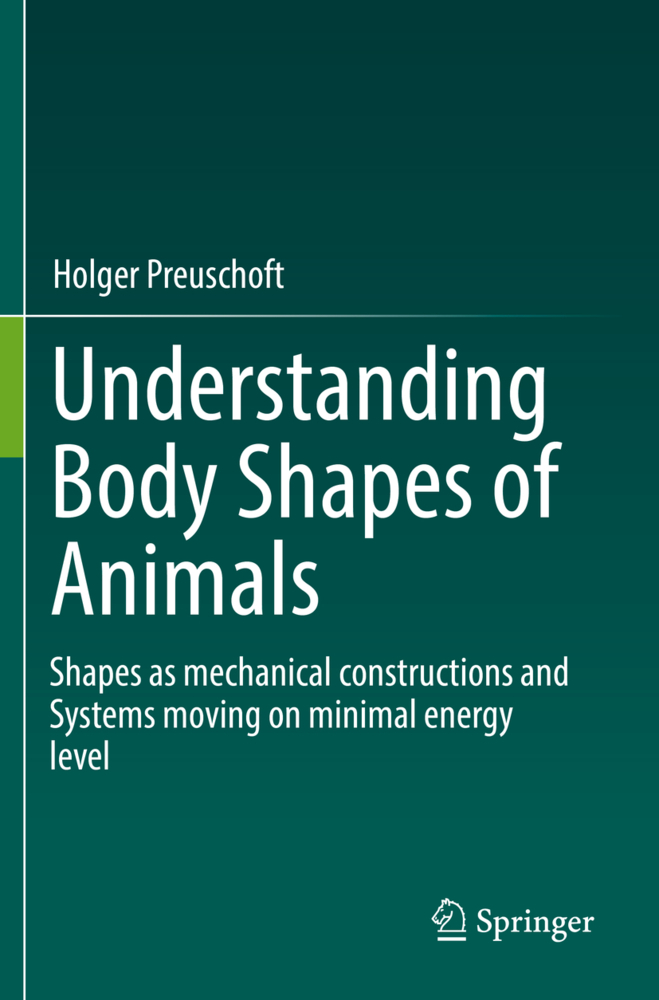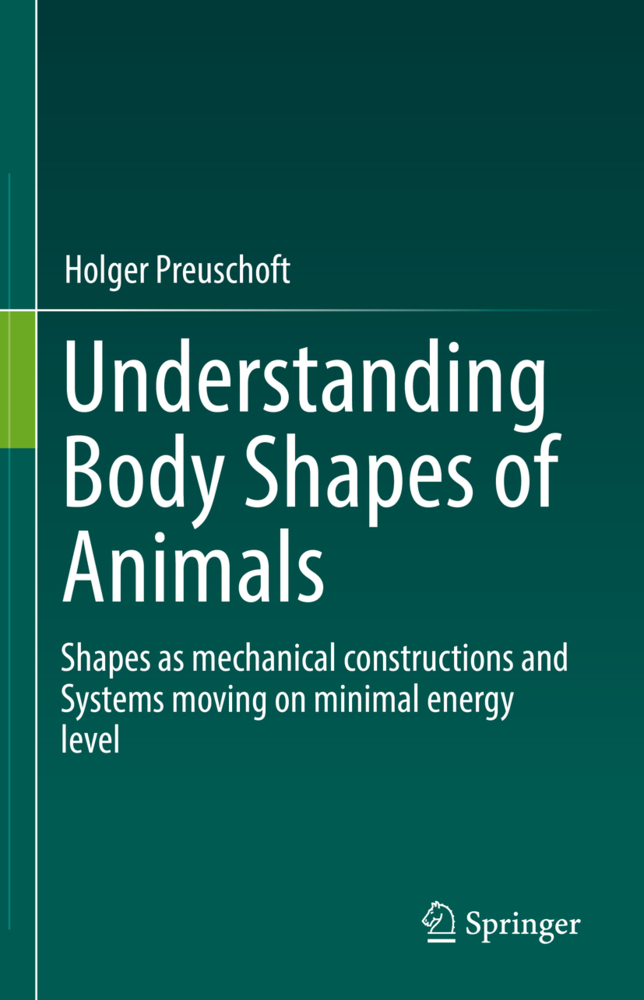Understanding Body Shapes of Animals
Understanding Body Shapes of Animals
This book discusses how and why animals evolved into particular shapes. The book identifies the physical laws which decide over the evolutionary (selective) value of body shape and morphological characters. Comparing the mechanical necessities with morphological details, the author attempts to understand how evolution works, and which sorts of limitations are set by selection.
The book explains morphological traits in more biomechanical detail without getting lost in physics, or in methods. Most emphasis is placed on the proximate question, namely the identification of the mechanical stresses which must be sustained by the respective body parts, when they move the body or its parts against resistance.
In the first part of the book the focus is on 'primitive' animals and later on the emphasis shifts to highly specialized mammals. Readers will learn more about living and fossil animals.A section of the book is dedicated to human evolution but not to produce anotherevolutionary tree, nor to refine a former one, but to contribute to answering the question: "WHY early humans have developed their particular body shape".
Chapter1: Why this book?
Chapter2: HeadChapter3: Axial skeleton in aquatic animals
Chapter4: Axial skeleton and muscle arrangement in terrestrial tetrapods
Chapter5: What have the extremities of "lower tetrapods" in common? And Why?
Chapter6: Birds
Chapter7: Land-living mammals
Chapter8: Primates, the group including humans
Chapter9: Evolution of hominids
Chapter10: Summary, Conclusions and Open questions.
Preuschoft, Holger
| ISBN | 978-3-030-27670-6 |
|---|---|
| Artikelnummer | 9783030276706 |
| Medientyp | Buch |
| Copyrightjahr | 2025 |
| Verlag | Springer, Berlin |
| Umfang | XIV, 581 Seiten |
| Abbildungen | XIV, 581 p. 222 illus. |
| Sprache | Englisch |











